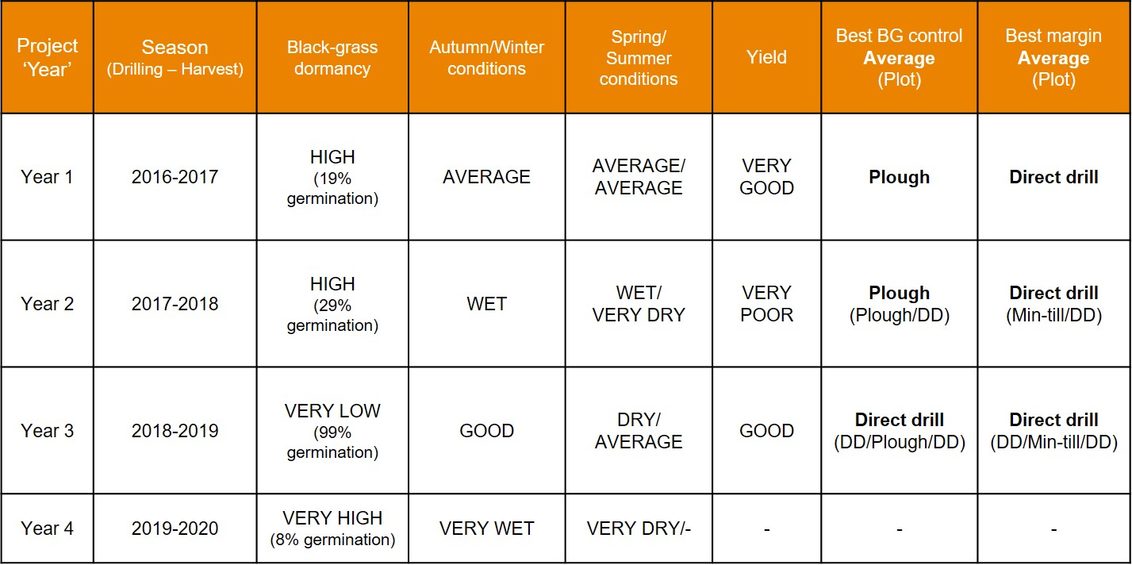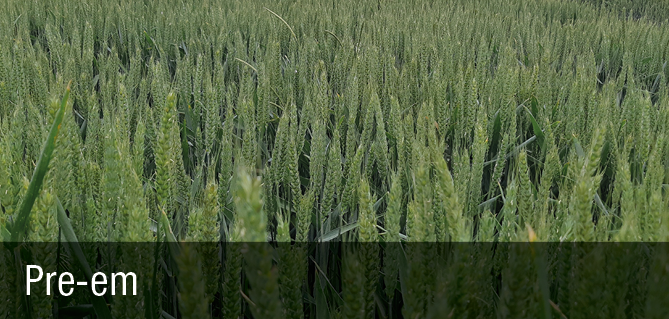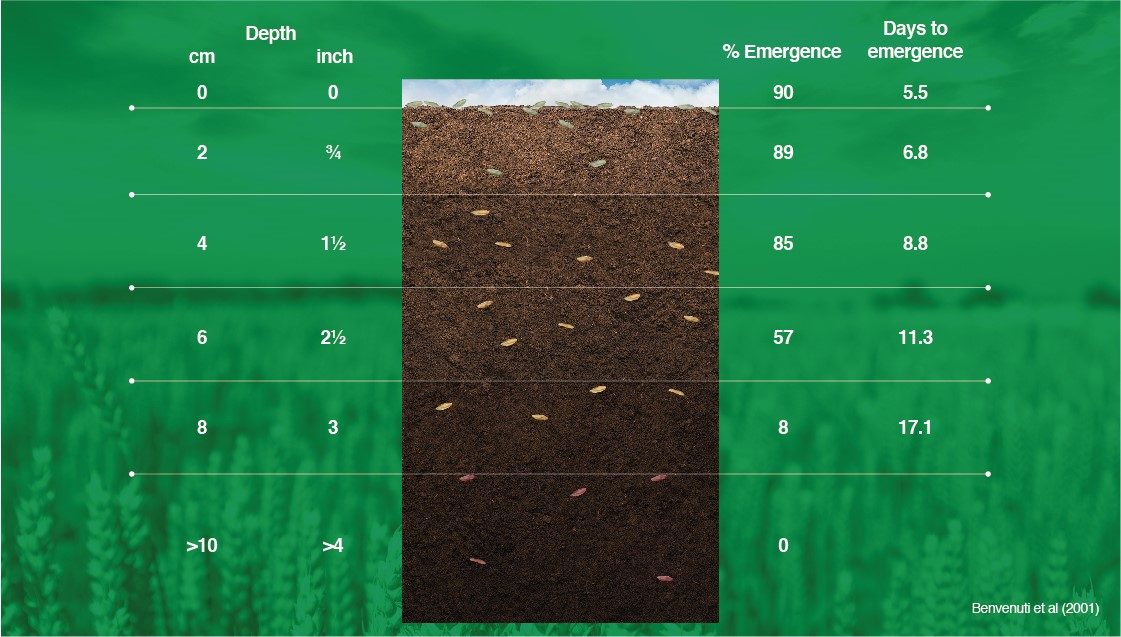
Key learns from Barton Black-grass Innovation Centre
Dormancy

Know what you're up against
1. Population2. Resistance3. Dormancy

Cultivation matrix findings
Our findings over the last three years suggest that using the same cultivation year on year isn’t the way to achieve the best margin or black-grass control. We found:Best margin: DD/Min-till/DDBest control: DD/Plough/DDWorst margin: Plough/DD/DDWorst control: Continuous min-till
Black-grass control


Margin
The impact of seasonal context

Establishment

A spring crop needs to be competitive for good black-grass management
In the crop rotation matrix poor establishment of spring barley due to the dry 2019 spring gave poor yield, return and the worst black-grass levels.If you don’t establish a competitive spring crop, you’re possibly losing all you have gained in the extra stale seed bed by allowing too much black-grass to thrive in the crop and return more seed.
Black-grass herbicide strategy

Where black-grass emerges from affects herbicide performance
Our data shows that where black-grass emerges from (due to cultivation) affects herbicide performance. In autumn 2018, leaving seed on or very close to the surface helped with pre-em control. In this low dormancy year, black-grass seed germinated quickly and the large stack was the best option in a direct drilled situation. Where weeds emerged from deeper, they emerged over time and the sequence showed an advantage over the large stack.However, in the high dormancy year of 2016, seed on the surface germinated over a longer period of time, and there was an advantage to sequencing herbicides, even in the direct drill situation.







